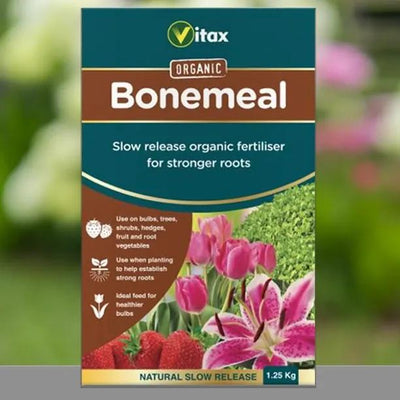Court of Wick Apple Trees
The Court of Wick apple tree produces a mid to late season eating apple that juices well.
Read our guide to buying the right apple tree, browse our full range of apple trees or see the full variety of fruit trees for sale.
Features
- Use: Eating. Juicy and crisp, with a strong flavour.
- Spur Bearer: suitable for cordons & espaliers, trained on wires.
- Tree's growth habit: Strong vigour.
-
Harvest: Late September.
-
Store & ripen in a cool, dry place: Until December
General description of Court of Wick:
A small to medium sized fruit with a distinctly conical form, these apples have lovely yellow-gold skin, spattered with russet flecks. The pale yellow flesh is crisp and juicy with a heady mix of fruity aromas. It's ideal for making juice and it's a suitable choice for the sweet component of a blended cider brew.
The tree itself is fast growing and will become a really reliable cropper.
The fruit are ready to pick in early October, though they'll hang on the tree for quite some time after that. They usually need at least a week of ripening off the tree to develop their best flavour.
Rootstocks:
All of our Court of Wick trees are grown on MM106 rootstocks.
Pollination Partners for Court of Wick:
Your trees are self sterile and their flowers must be pollinated to make fruit.
Court of Wick is in pollination Group D.
This means that they'll cross-pollinate with other apple trees in pollination Groups C, D and E.
See our Guide to Apple Tree Pollination for a full list of partners & more tips about pollination.
Court of Wick Disease notes:
Disease resistance: Scab, Canker (both strong).
History & Parentage:
The name Court of Wick comes from the area in Somerset where they first originated, before Mr Wood of Huntingdon formally introduced them in the 1790's. It's probably derived from the Golden Pippin.
How Apple Trees are Measured & Delivered:
Our fruit trees are delivered in up to 3 shapes and you can also buy selected apple trees as ready made cordons.
Maiden: This unbranched tree is the smallest starting size. You can train maidens into espaliers and cordons.
Cordon: Court of Wick trees are spur-bearers, so they can be made into cordons and espaliers.
Bush: This is a style of freestanding tree with a short trunk of about 60cm. It'll grow to about 3 metres tall.
Half-Standard: This is a freestanding style that will grow into a full sized, "normal" apple tree, about 4 metres tall.

 Secure, One-Tap Checkout
Secure, One-Tap Checkout
 Hand Picked, Delivered to Your Door!
Hand Picked, Delivered to Your Door! 1 Year Bareroot Guarantee
1 Year Bareroot Guarantee













